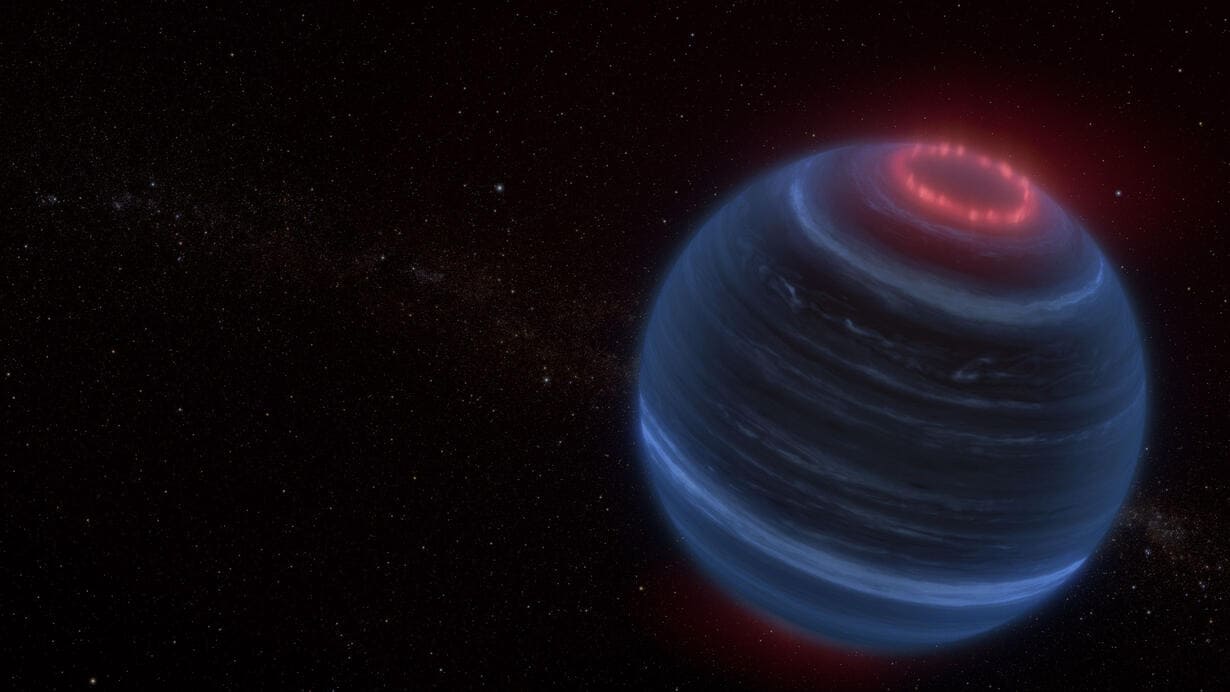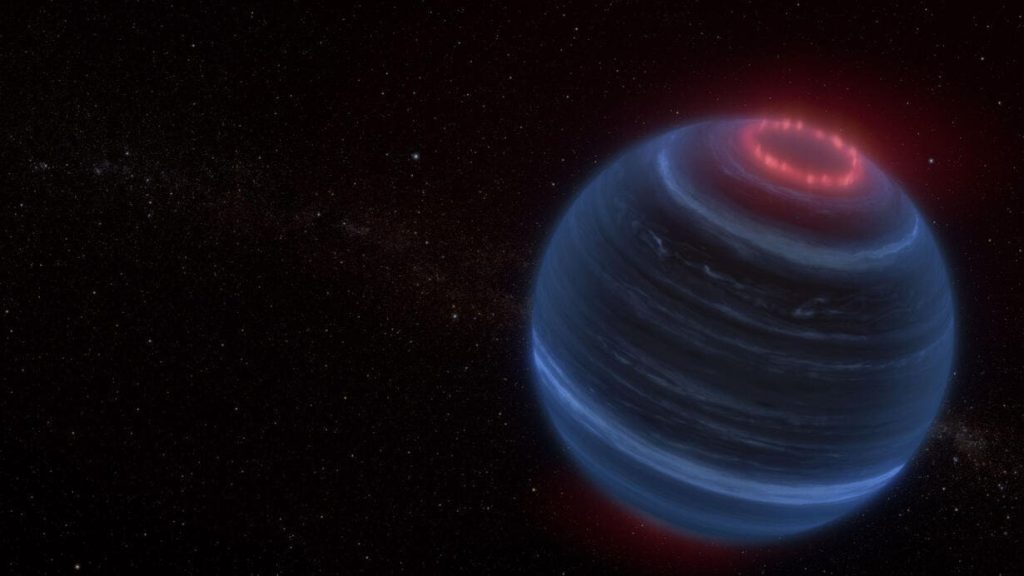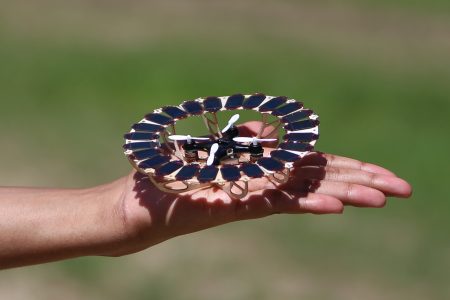
The James Webb Space Telescope (JWST) has now given astronomers valuable information about a planetary atmosphere. Scientists observed an unusual feature in the atmosphere of a brown dwarf known as CWISEP J193518.59-154620.3, also identified as W1935.
After observing several brown dwarfs with the JWST, the team noticed W1935 — located only 47 light-years from Earth and 6-35 times the mass of Jupiter — looked similar to the others but with one remarkable difference. This one was emitting methane and glowing.
“Methane gas is expected in giant planets and brown dwarfs but we usually see it absorbing light, not glowing,” said study lead author Jackie Faherty, a senior research scientist and senior education manager at the American Museum of Natural History. “We were confused about what we were seeing at first but ultimately that transformed into pure excitement at the discovery.”
A solitary and glowing brown dwarf
Brown dwarfs are often referred to as “failed stars” because they do not have enough mass to maintain hydrogen fusion at their cores, a crucial process for genuine stellar bodies. W1935, a particularly cold example within this category, has a surface temperature of just over 400 degrees Fahrenheit (200 degrees Celsius). Its noteworthy characteristic is its separation from any nearby stellar heat source, like our sun, which usually affects planetary atmospheric dynamics.
Computer modeling revealed another surprise: the brown dwarf probably has a temperature inversion, a phenomenon in which the atmosphere becomes warmer with increasing altitude. Temperature inversions frequently occur on planets orbiting stars, but W1935 is isolated, with no obvious external heat source.
“We were pleasantly shocked when the model clearly predicted a temperature inversion,” said co-author Ben Burningham from the University of Hertfordshire. “But we also had to figure out where that extra upper atmosphere heat was coming from.”
The researchers looked to our solar system for answers. They specifically examined research on Jupiter and Saturn, two planets with temperature inversions and methane emission. Since aurorae are believed to cause this feature on solar system giants, the research team concluded that they had found the same phenomenon on W1935.
High-energy solar particles that interact with Jupiter and Saturn’s magnetic fields and atmospheres, heating their upper layers, are known to be one of the main causes of aurorae on these planets. This is also the cause of the aurorae that humans see on Earth, also known as the Northern or Southern Lights. However, solar wind cannot explain auroras due to W1935’s lack of a host star.
Another fascinating explanation accompanies aurora in our solar system. There are active moons on both Jupiter and Saturn that periodically eject material into space, interact with the planets, and enhance those planets’ auroral features. The solar system’s most volcanically active moon is Jupiter’s Io, which ejects lava fountains up to dozens of miles into the sky. Saturn’s moon Enceladus ejects water vapor thousands of miles from its geysers that simultaneously freezes and boils when it reaches space. While more observations are needed, the researchers suggest that an active, undiscovered moon could be a reason for the aurora on W1935.
This finding creates new opportunities for astronomical research, challenging existing theories about atmospheric processes in isolated celestial bodies. The astronomers state that further studies and ongoing monitoring through JWST will help determine if similar phenomena occur in other brown dwarfs, potentially leading to a deeper understanding of atmospheric chemistry and dynamics in conditions vastly different from those on Earth.
“Every time an astronomer points JWST at an object, there’s a chance of a new mind-blowing discovery,” Faherty said. “Methane emission was not on my radar when we started this project but now that we know it can be there and the explanation for it so enticing I am constantly on the look-out for it. That’s part of how science moves forward.”
The study was printed in Nature.









